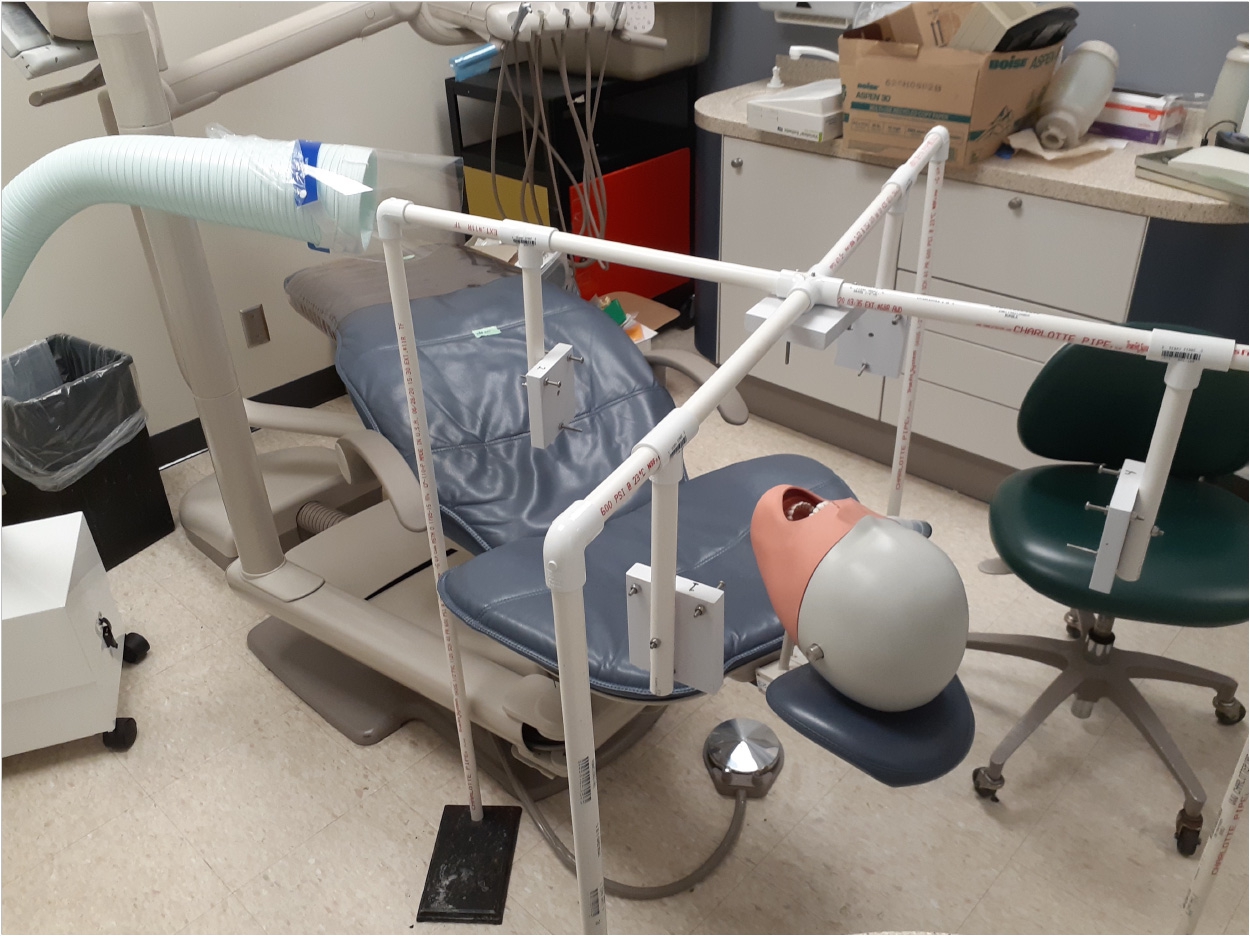
A collaborative effort between researchers at the University of Minnesota and clinicians has had an immediate impact on patient care and safety amid the COVID-19 pandemic, according to the university.
“Without this expertise, I don’t believe our clinics would have opened up as soon as they did,” said Paul Olin, DDS, MS, interim associate dean for clinical affairs at the University of Minnesota School of Dentistry.
In March 2020, when Governor Tim Walz halted all non-emergency dental procedures and effectively shut down most of the dental school’s clinical presence, an interdisciplinary team of researchers connected to study the spread and prevention of what they were beginning to suspect was an airborne pathogen.
Olin connected with other faculty, including:
- Paul Jardine, PhD, a professor of diagnostic and biological sciences
- Rachel Uppgaard, DDS, assistant clinical professor of oral and maxillofacial surgery
- Judy Daneilson, MH, clinical professor of developmental and surgical sciences in periodontology
- John Madden, CDT, Allied Healthcare Professional
- Brent Larson, DDS, MS, director of orthodontics and professor of developmental and surgical sciences
- Jeremy Anisman, PhD, molecular virology researcher
The researchers produced a model to aerosolize Jardine’s bacteriophage particles with a nebulizer, mimicking the spread of COVID-19 throughout the dental offices with various dental procedures.
The researchers engaged College of Engineering faculty, including Qisheng Ou, PhD, Jiarong Hong, PhD, David Nedrelow, PhD, and David Pui, PhD, to oversee optical imaging and explore devices that might reduce the risk of infection.
They found that an extraoral local extractor did the best job of decreasing spread while also being fairly simple to use. Moving forward, they hope to continue examining the level of protective equipment they’ve recommended and secure publication for their manuscript on the study.
Olin, Jardine, and Anderson saw the project as a unique opportunity to work across disciplines and showcase the work of the school.
“I’m very proud of our school, because of how we responded so effectively and quickly, with full dedication to our mission: to provide the safest environment we can for our patients and staff,” said Jardine.
Related Articles
Pathogens in Dental Aerosols Mostly Come from Irrigants, Not Saliva
CO2 Levels Can Be Used to Assess Air Quality in Dental Offices
OSHA Issues Guidelines on Workplace Ventilation












